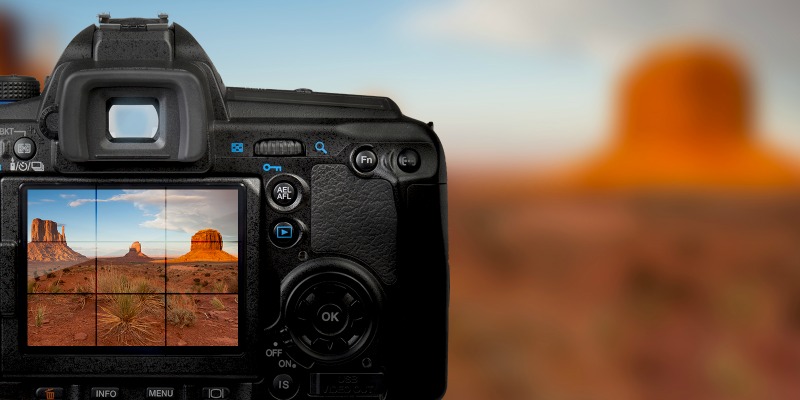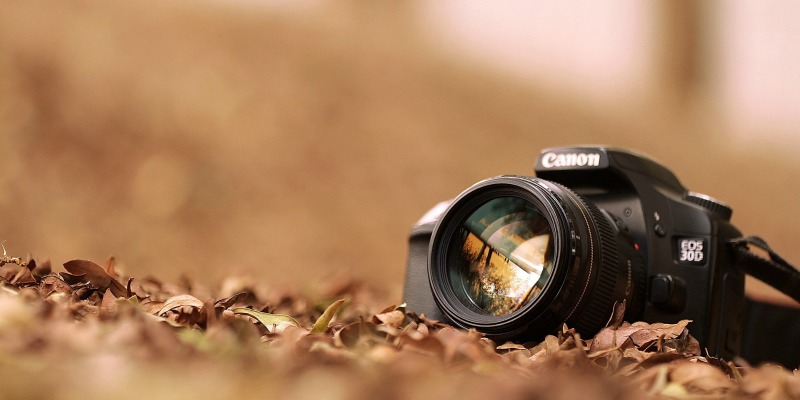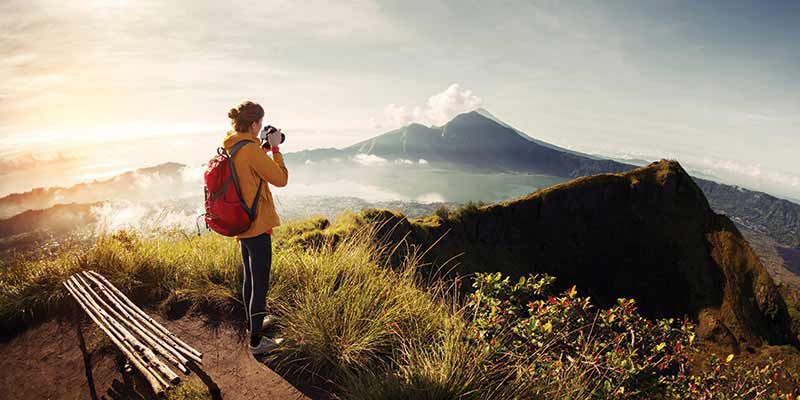You want some moments in life to last for an eternity, and there’s no better way to make them everlasting than to capture them with a digital camera. While searching to buy the right digital camera for you, you might get a bit intimidated. What do all those numbers and specifications mean, why are some pricier than others, and so on and so forth. In this guide I’ll be explaining the basic differences between digital cameras and hopefully build up your confidence when you are looking to buy digital camera.

There are things that some cameras provide better than others, but at an increased cost. You need to decide how often and for what purpose you are going to need the camera, what’s your budget, will you be doing in-door or out-door shots, will you use auto mode, or want to get deeper into the art of photography? Once you give yourself the answer to these questions, you will narrow down the choice of the digital camera you want to buy.
Novice photographers are getting fooled by the pixels that some cameras provide. While to a certain degree pixel density is important, nowadays, every camera has a significantly higher amount of pixels density that it won’t really matter much if your camera is 12 or 13. Higher pixel density means larger space consumption on your SSD card, which means less pictures. Some cameras come with an extra set of batteries or a re-charger, multiple lens (If DSLR), external flashes and reflectors. Ask for a discount when buying a bundle of extra items, you will usually get one, or maybe these extras come as a package with the camera.

- Point-and-shoot cameras are decent if you’re into the lower levels of photography, plus they’re budget friendly. These are smaller in size and don’t make much noise when operated with. Nevertheless, their downside is the lower image quality.
- DSLR cameras are costlier but they’re getting more affordable as time goes by. They are larger than the point-and-shoot cameras and harder to maintain because you will be using multiple lenses. They can be more complicated to use, however you will get much better quality images, thus, these cameras are your go-to option if you are looking to get into professional photography. DSLR cameras can be used at faster ISO which leads to lesser grain and faster shutter speed. Adaptability is one more feature that point-and-shoot cameras don’t provide due to the interchangeable lenses that provide endless possibilities. Some models, such as the mirrorless models, are smaller and lighter than the SLRs but they don’t posses the through-the-lens viewfinder. There’s a screen menu for the options, plus they provide enhanced images thanks to their light sensor.

Things to look for if you want to buy digital camera of top quality:
- Sensor Size – The image is captured by the sensor chip inside the camera, a larger sensor chip means a better performance, particularly in low light conditions. Get the largest sensor chip you can if your budget allows you to.
- Optical Zoom Lens – The closer you can zoom, the better pictures you can take at a distance. Long zoom lens are important if you’re going to sports events and want to take pictures of large terrains.
- Types of Flash – Almost every camera has a built in flash, much better than the ones we have on our smartphones. While most cameras will let you adjust brightness, investing in an external flash can turn plain sights into incredible works of art.
Always try the digital camera you are about to buy in the store. Check it’s size and weight as you might want it to fit in a smaller bag when traveling. The model may have lots of buttons and switches, so you might want to look into a camera with an LCD monitor to make it more ergonomic for your hand.

